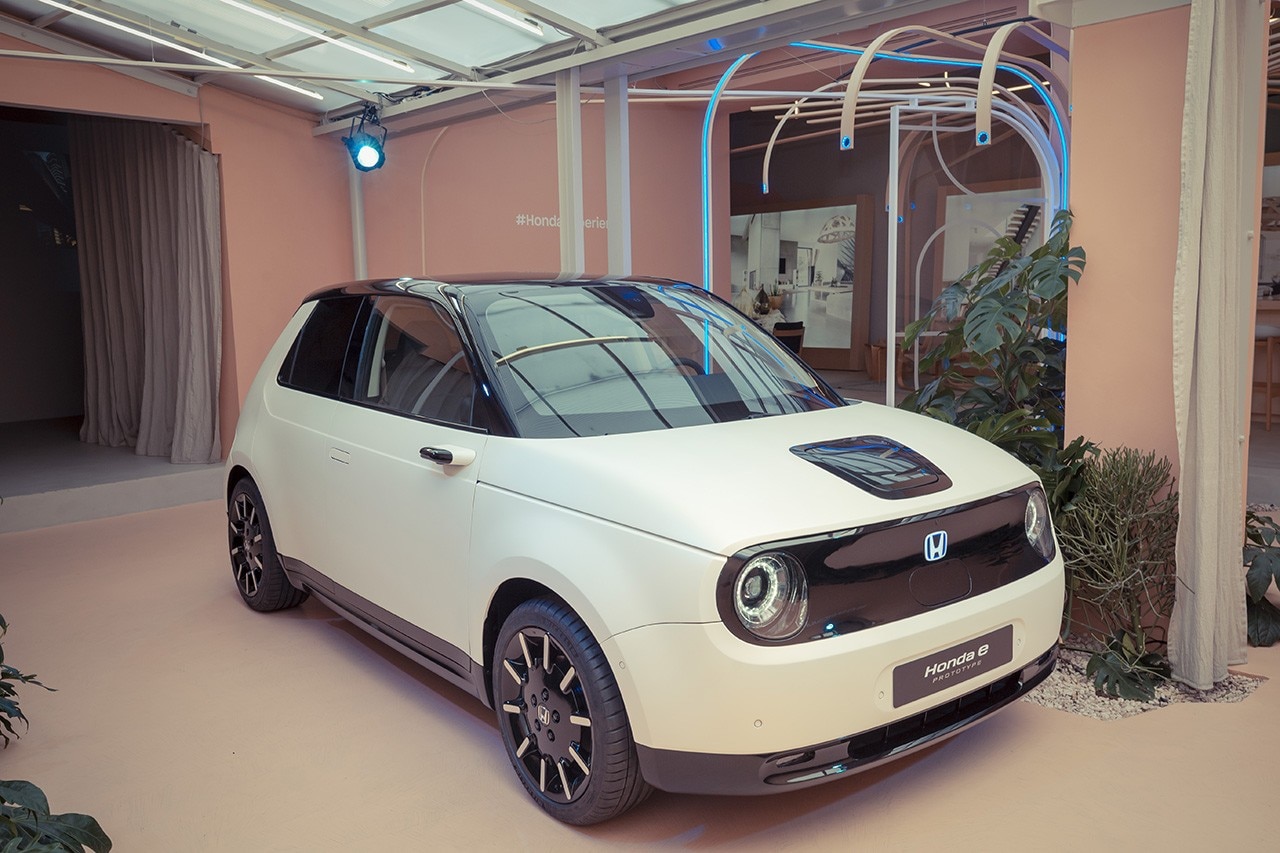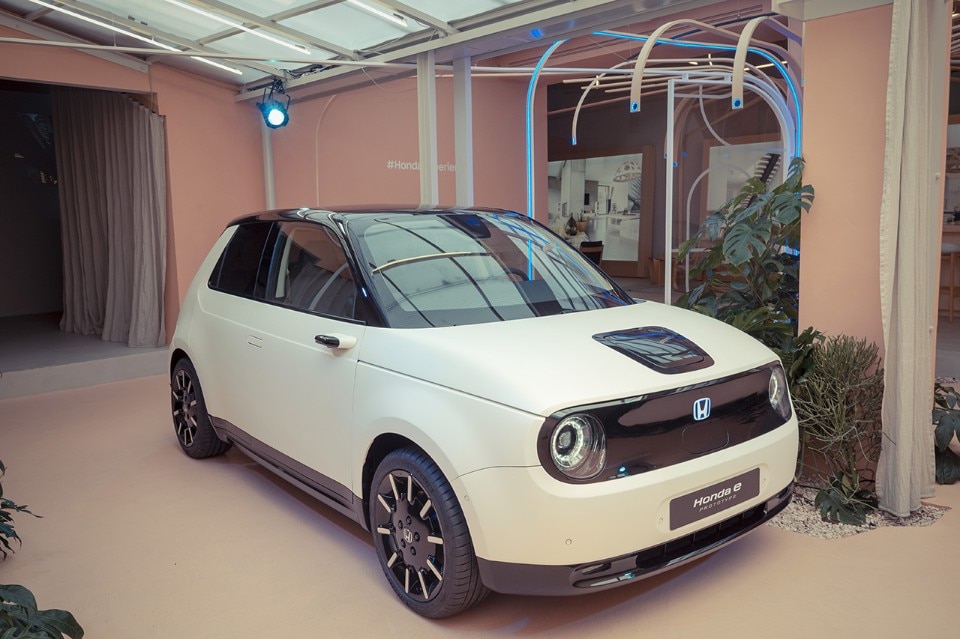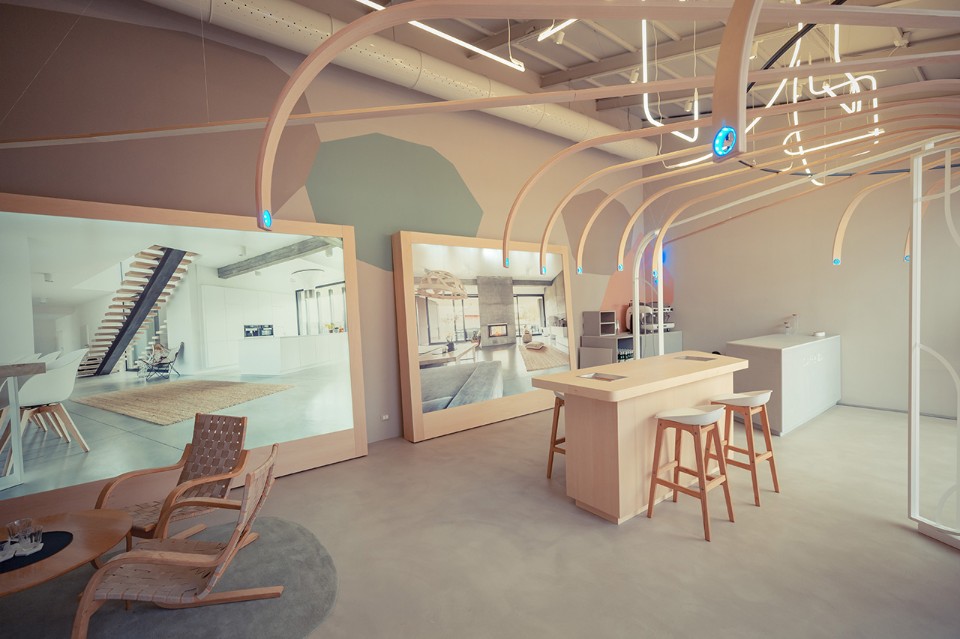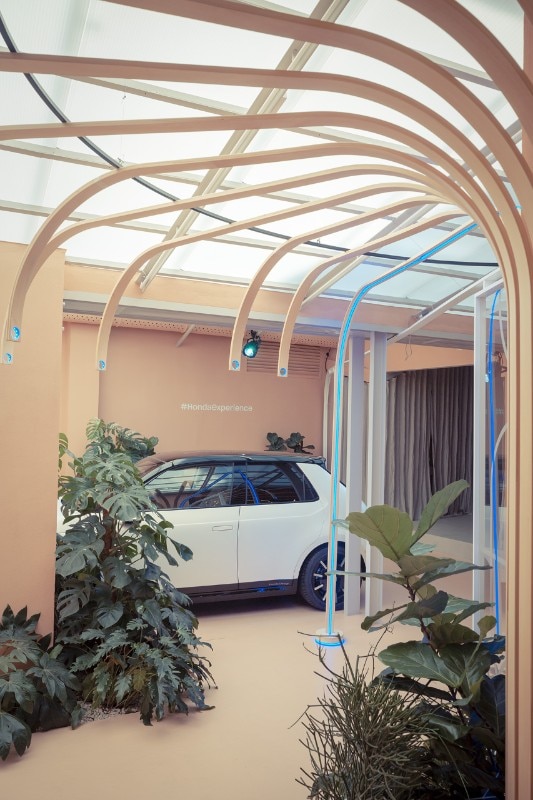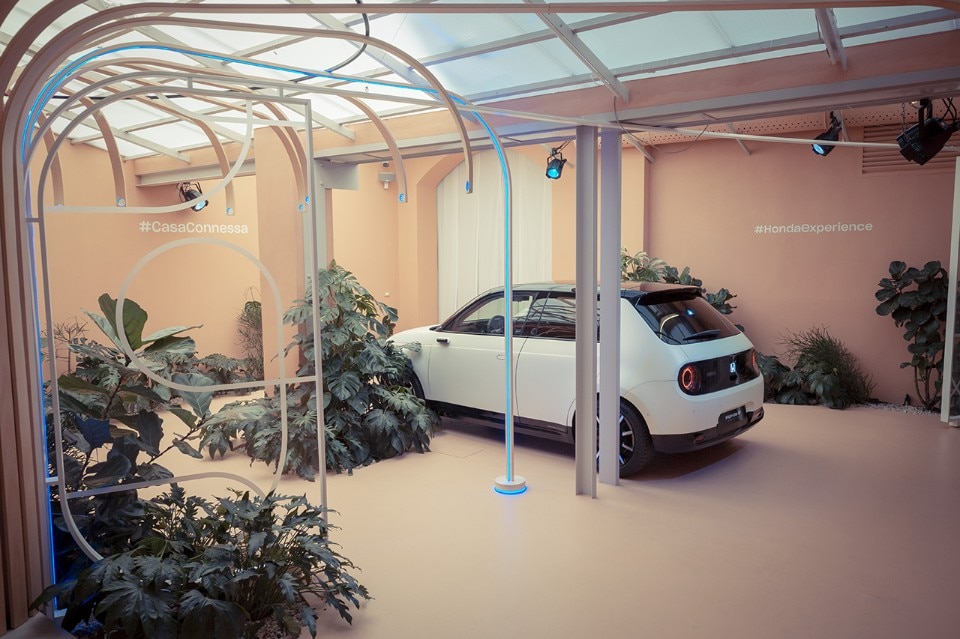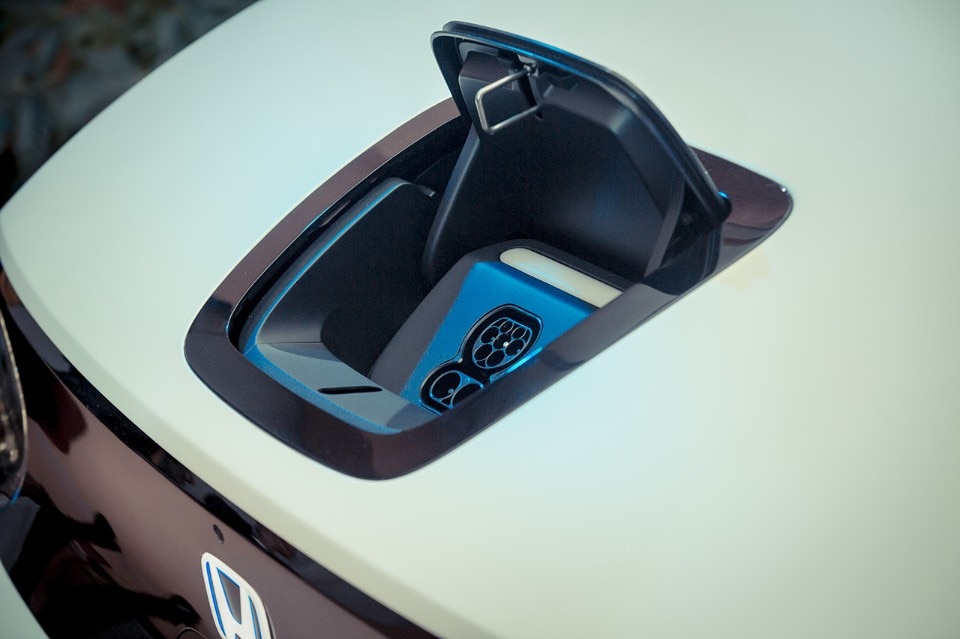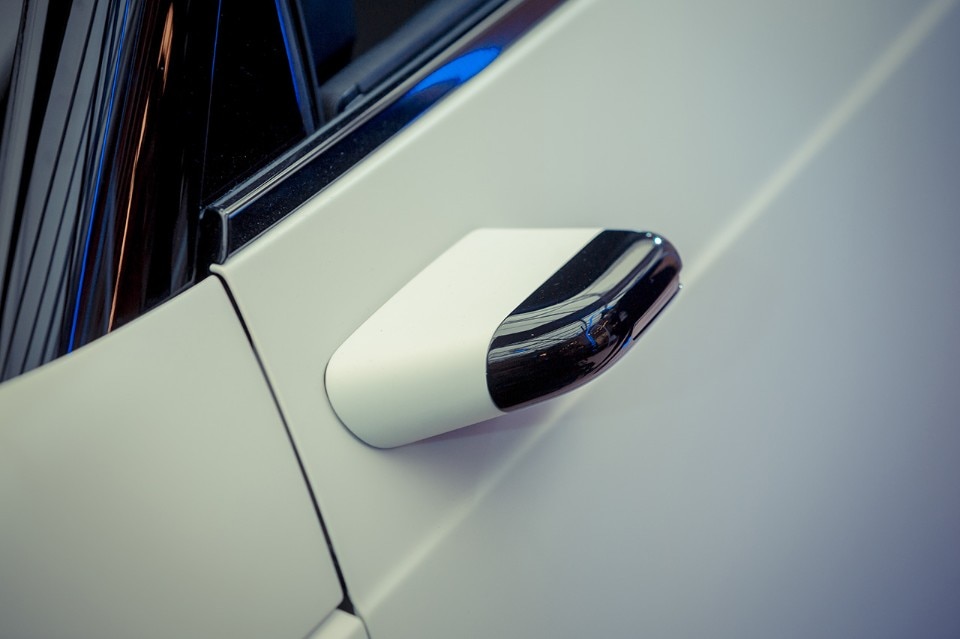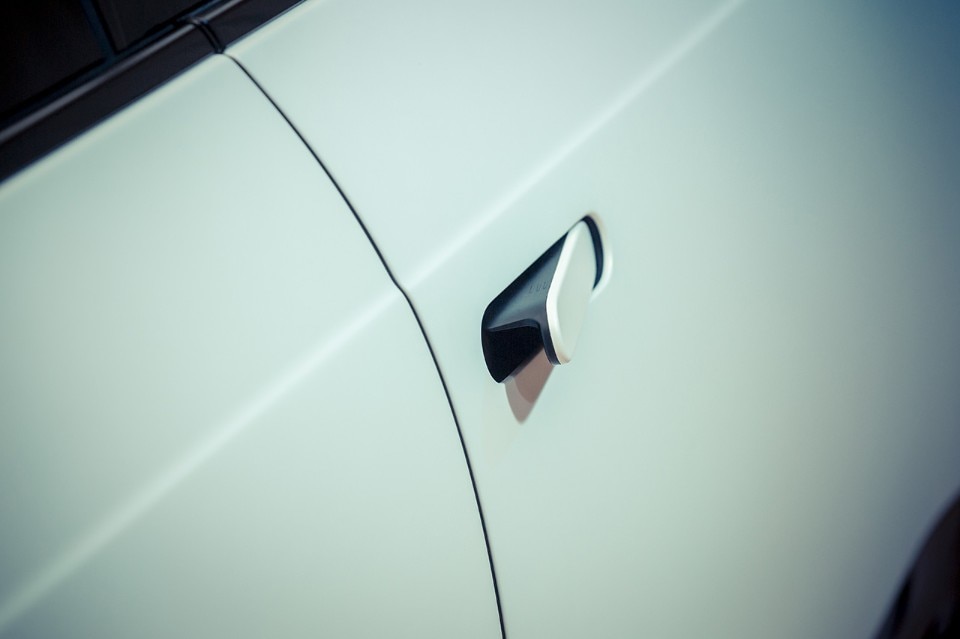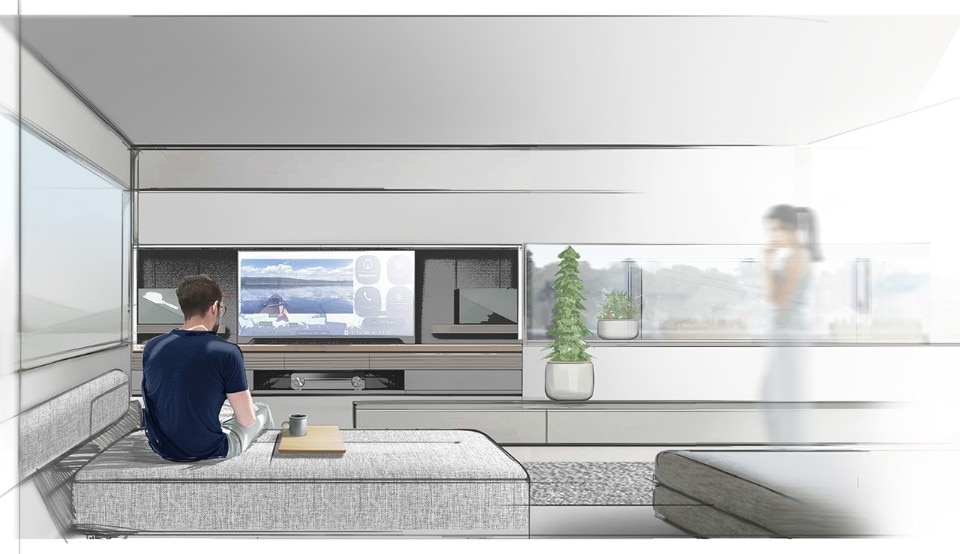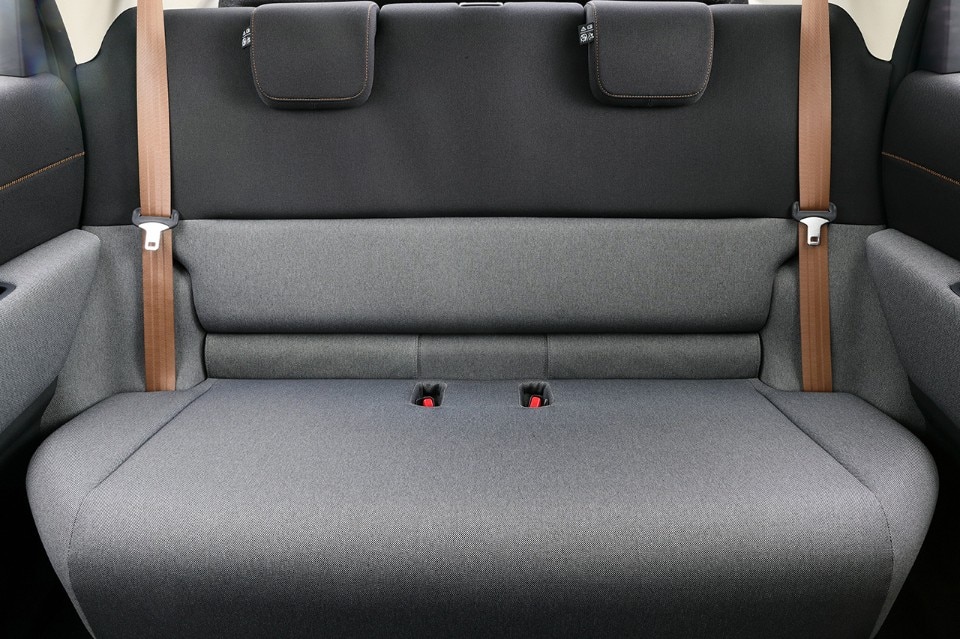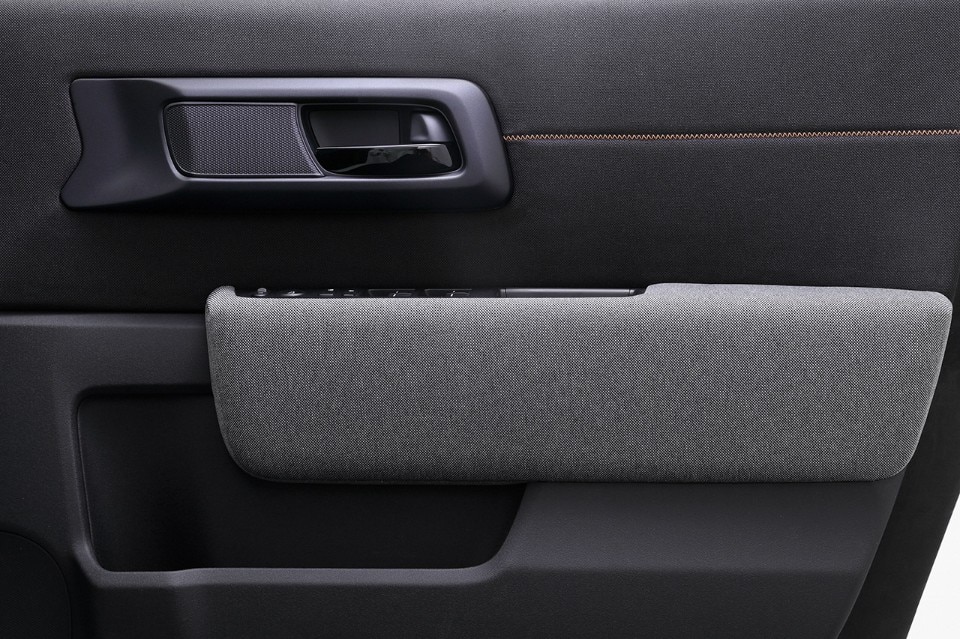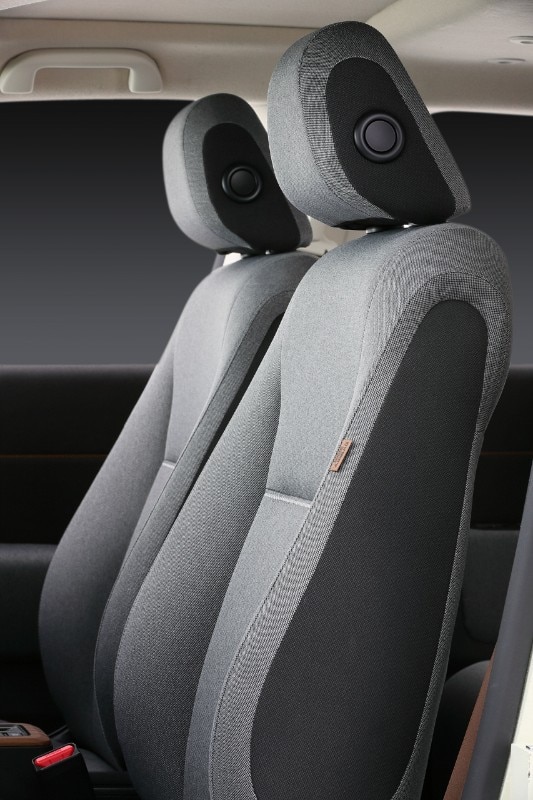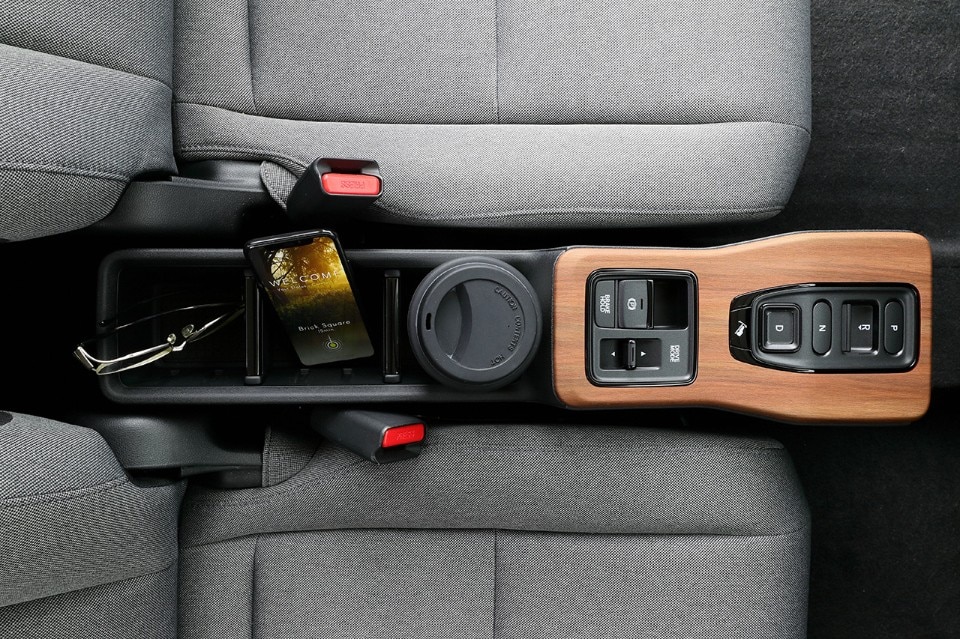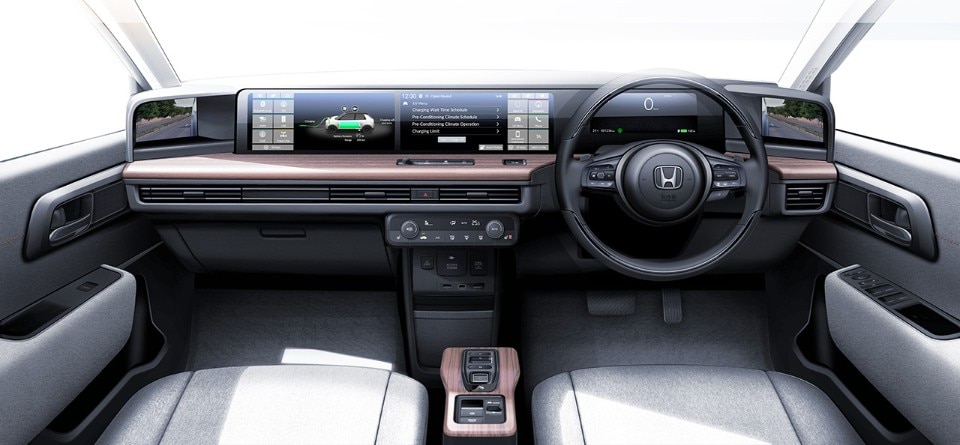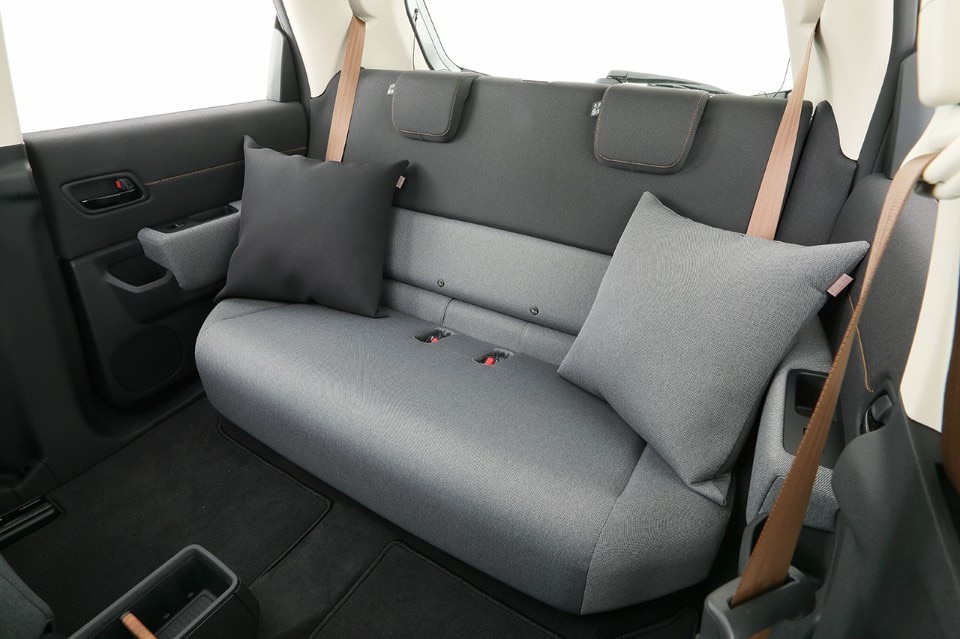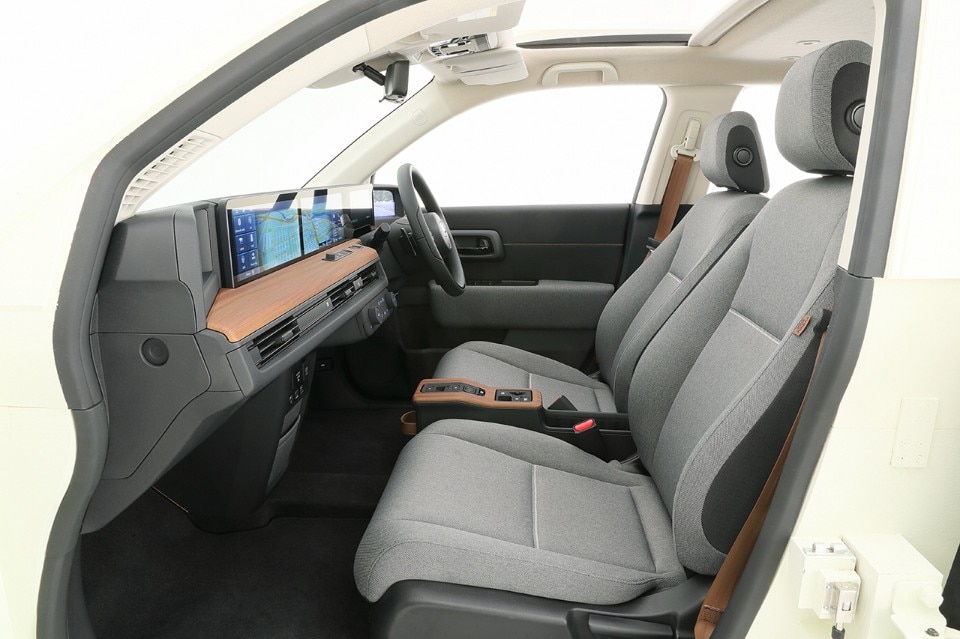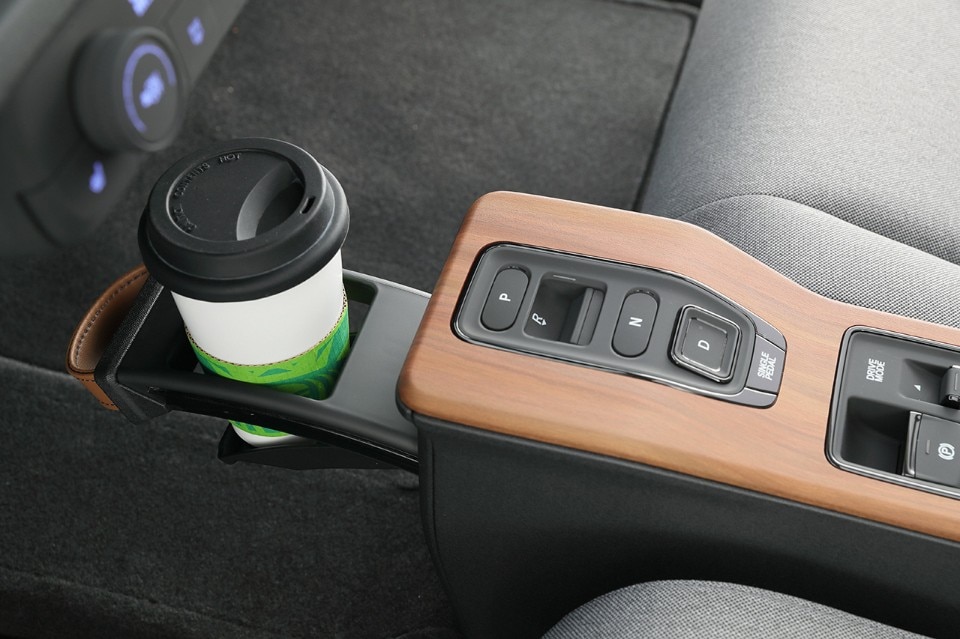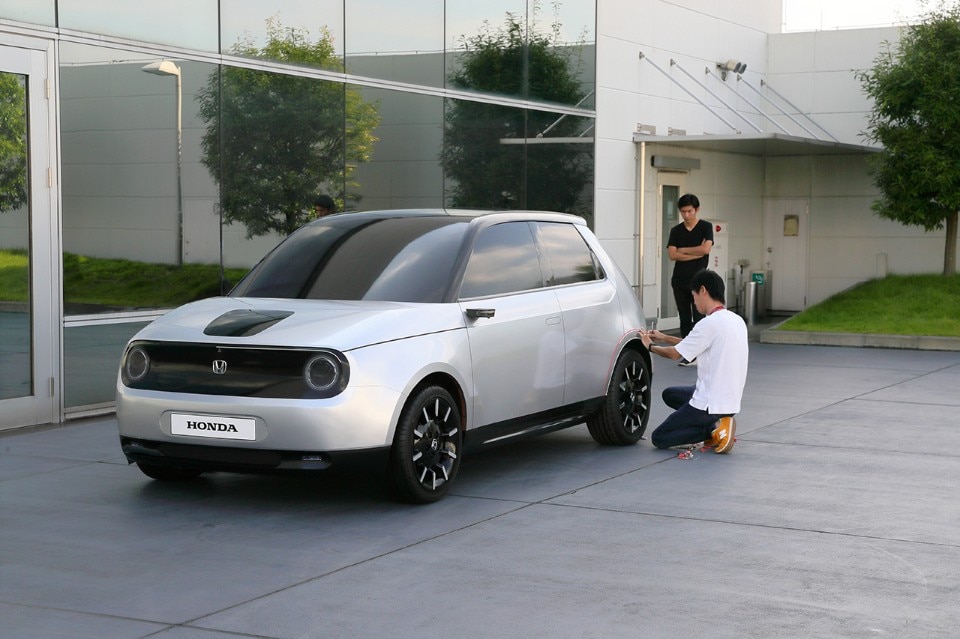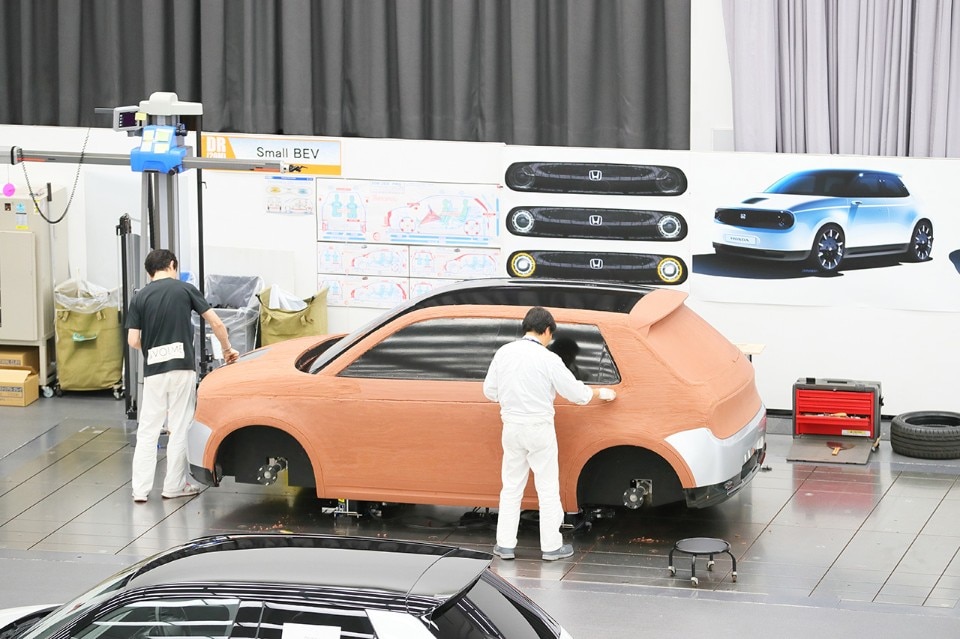The wing mirrors are cameras and the engine is electric, but the shell is distinctively retro and the interior is full of the blonde wood tones of a Scandinavian lounge. No other electric car has been so hotly anticipated by design and car enthusiasts alike, and Honda’s decision to bring the E Prototype straight from the Genova Motor Show to Milan Design Week recognises its broad appeal. The design picks up on a key trend at this year’s design week, which saw brands disguising technology behind the comfort of a domestic face – speakers integrated into lamps and shelves in a collaboration between Ikea and Sonos, and a transparent television masquerading as a picture frame by Vitra and Panasonic.
Honda’s Akinori Myoui was tasked with the interior design of the car, melding its camera monitoring system, screens and connectivity with tactile surfaces to create an environment with a “familiar and comfortable” feeling.
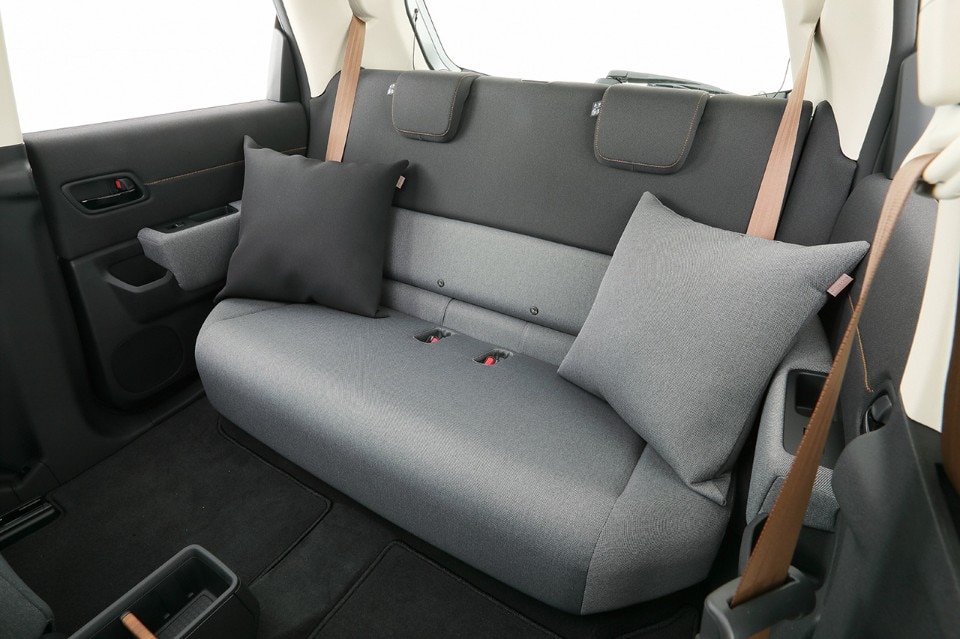
The prototype remains largely true to Honda’s initial 2015 concept, but a few of the more futuristic features haven’t translated to reality – gone are the attention-grabbing forward opening “suicide doors” in a bid for better crash and a pair of rear doors, melange upholstery and ceiling spotlights have appeared in an effort to make the design more sedate and appealing to a family market. “At first glance it very much looks like a living room with the wood effect with the texture with the shape of the rear seats like a sofa,” says Myoui. “We always tried to make this car functional and beautiful, and high tech but human friendly,” adds exterior designer Ken Sahara, explaining that the car doesn’t really need its rear-view mirror or window, but they’re there for comfort.
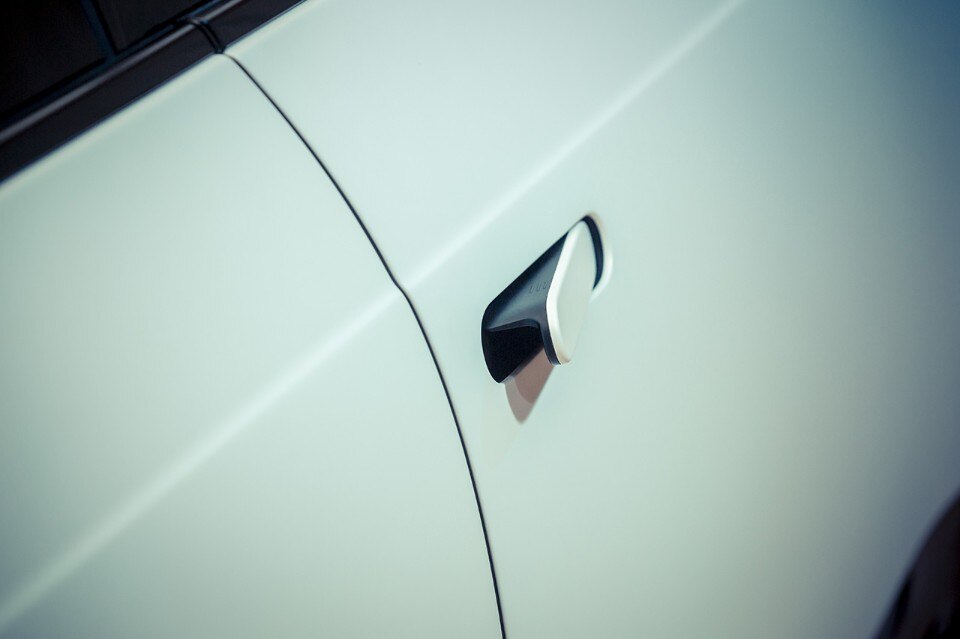
These reassuring, domestic connections are emphasised by Honda’s choice to show the car in a lounge-like setting complete with pastel-pink surfaces, planting, soft drapes and sofas during design week. There is something undeniably cute and unthreatening about the design – its rounded features remind of Honda’s now retired Asimo robot, while its hatch-back form triggers links to the first generation Civic, or even the Volkwagen Golf MkI.
“I know some people look at this car as retro. Some people see it as more futuristic,” says Sahara. “It’s not really on purpose to have this retro quality, but maybe it’s a consequence because there are certain timeless golden rules in design that are always right, always well accepted regardless of which generation.” “These aspects, these golden rules, probably have something in common with the good retro design. But I see this as modern design.”
The car is expected to go on sale in Europe and Japan later this year at around 35,000 euros.


